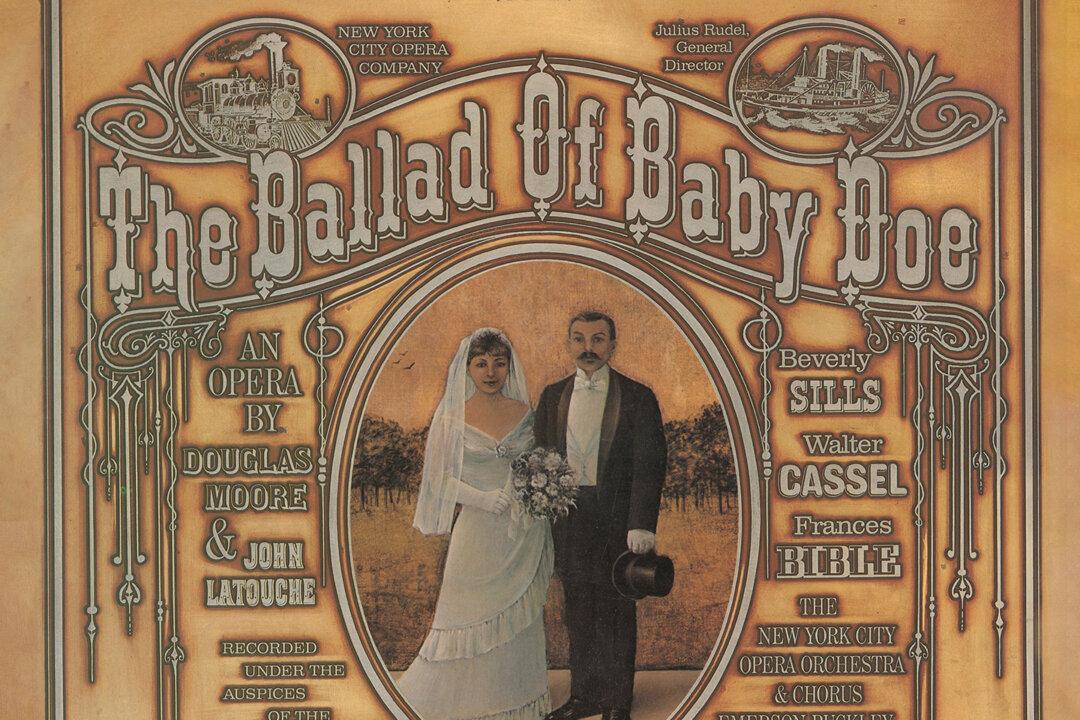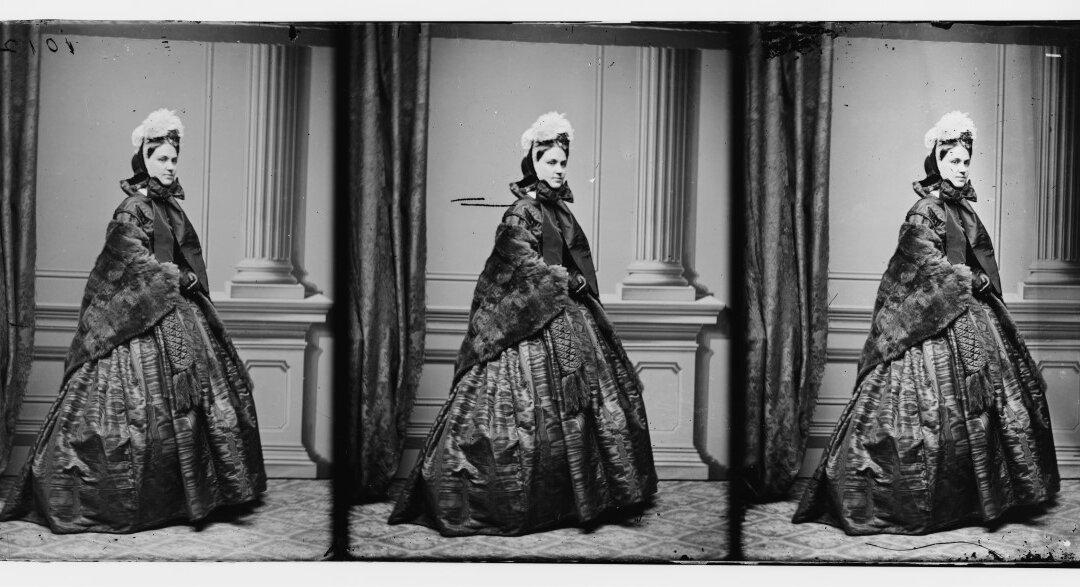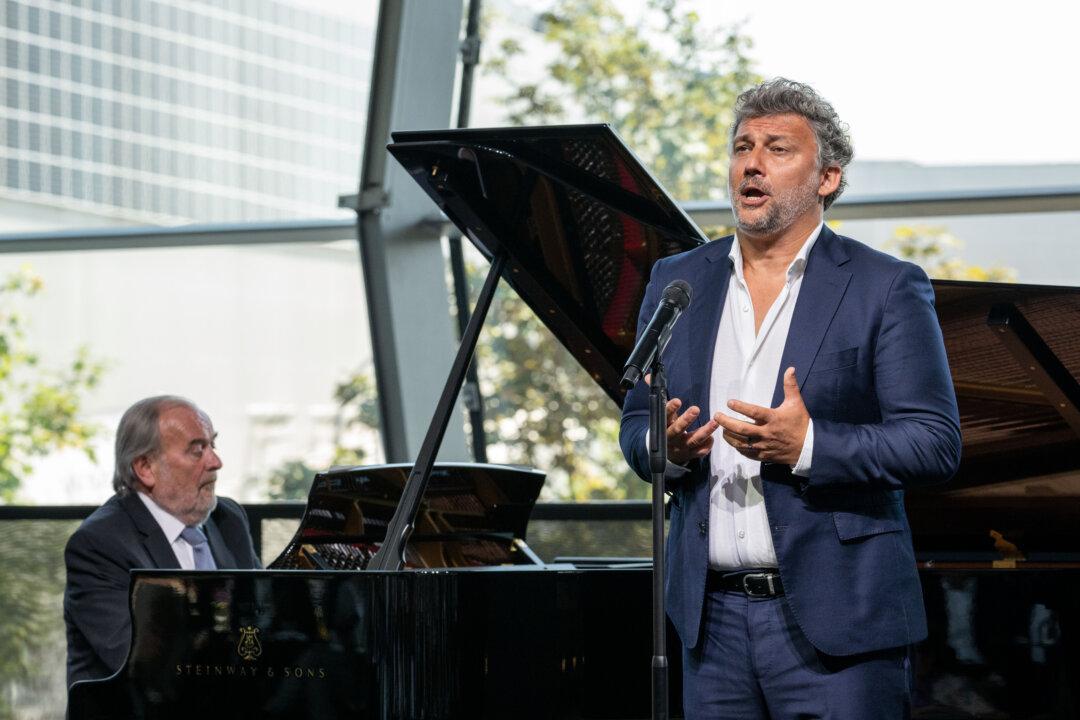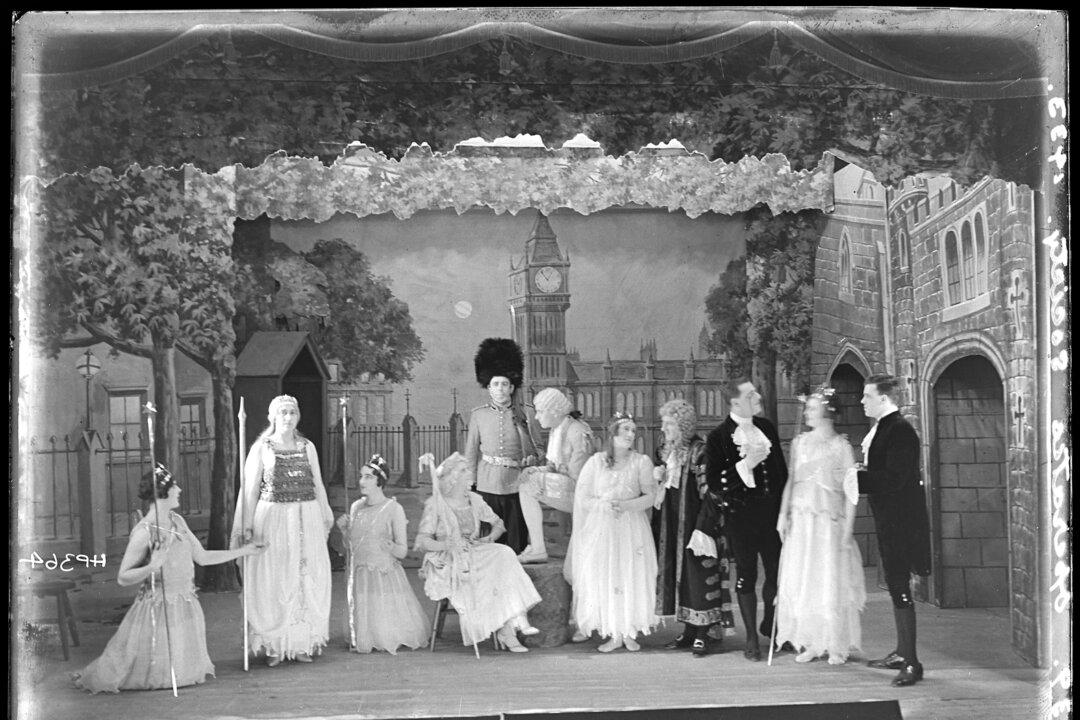The plot of “The Ballad of Baby Doe” is based on an irresistibly romantic history that places it among other great American tragedies. Amelia Earhart’s mysterious disappearance and the tragic Lindbergh baby kidnapping are other historical events that found our collective hearts and seemed to have permanently lodged there.
Baby Doe Tabor was found frozen to death in 1935 in a shack next to her late husband’s once enormously wealthy silver mine in Leadville, Colorado. There is evidence that the 80-year-old, penniless Baby Doe died of a heart attack, but she was found frozen.





